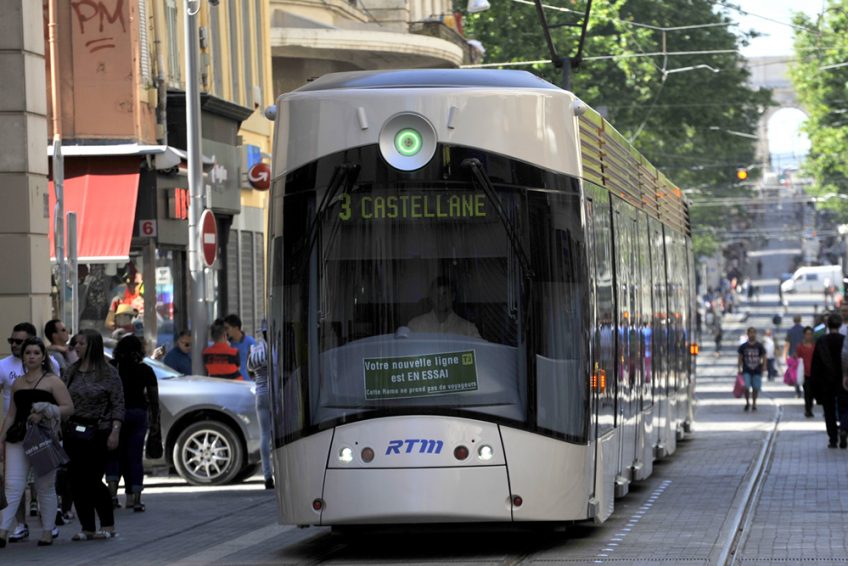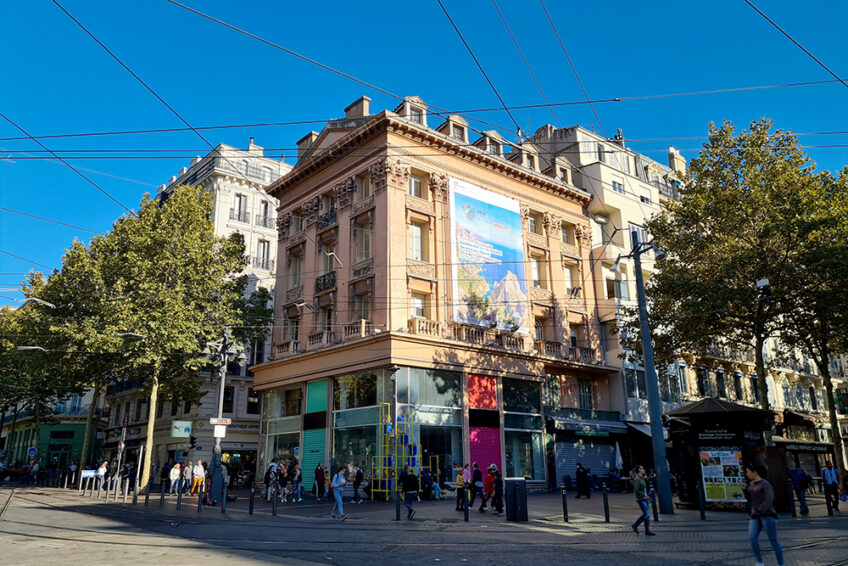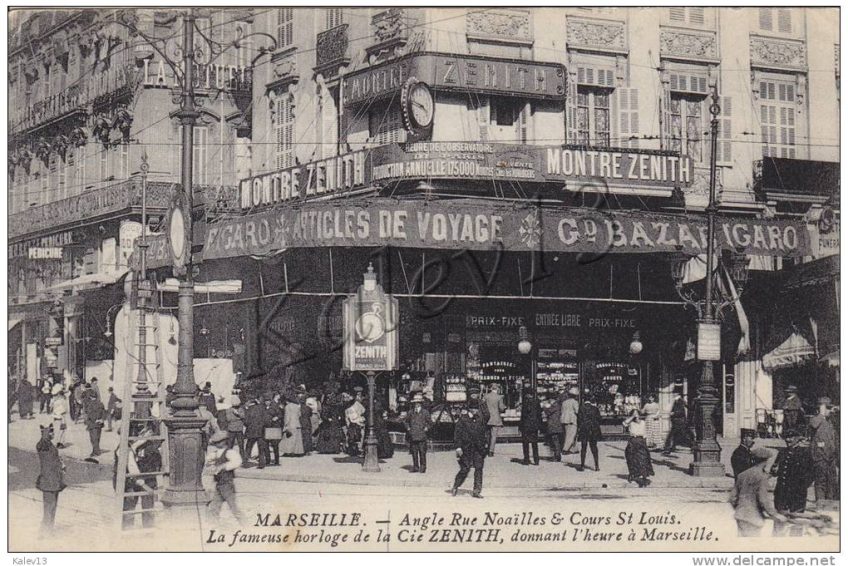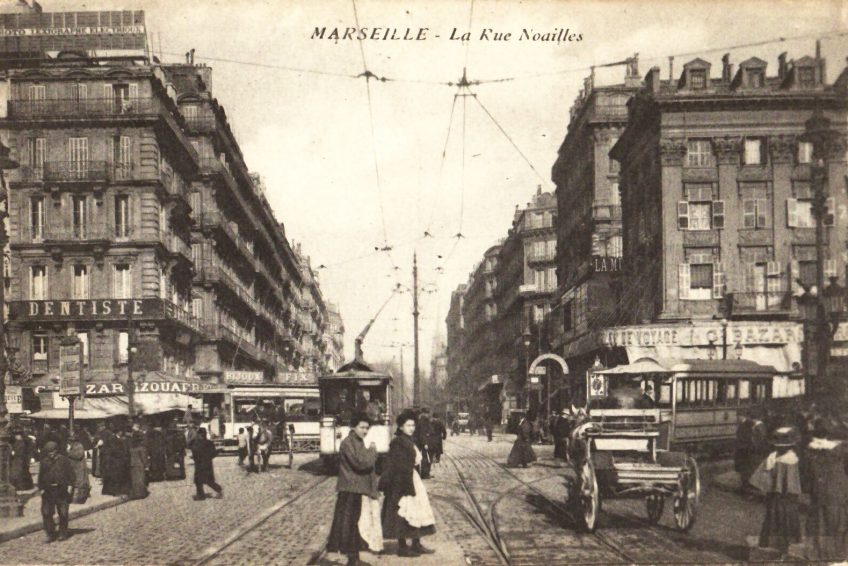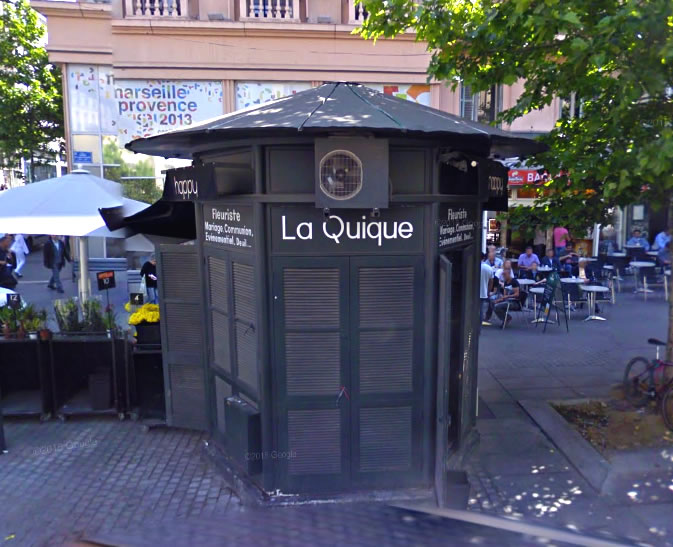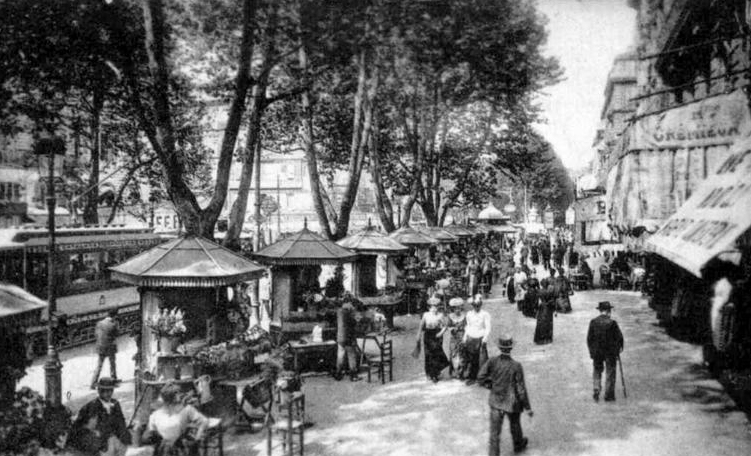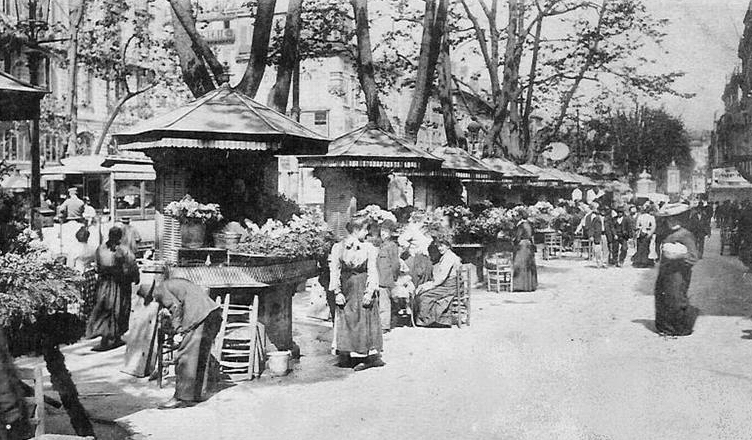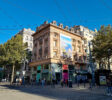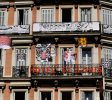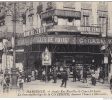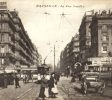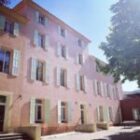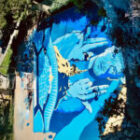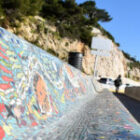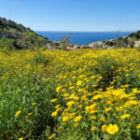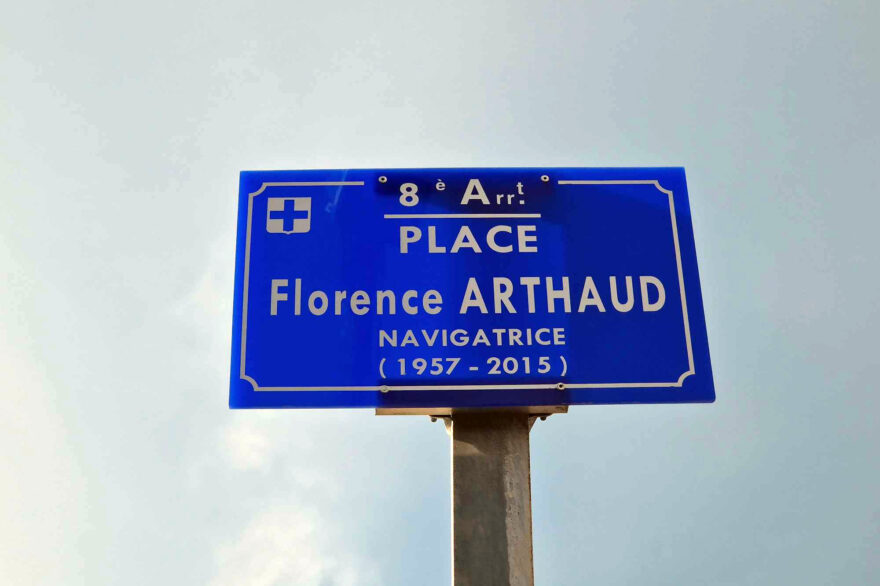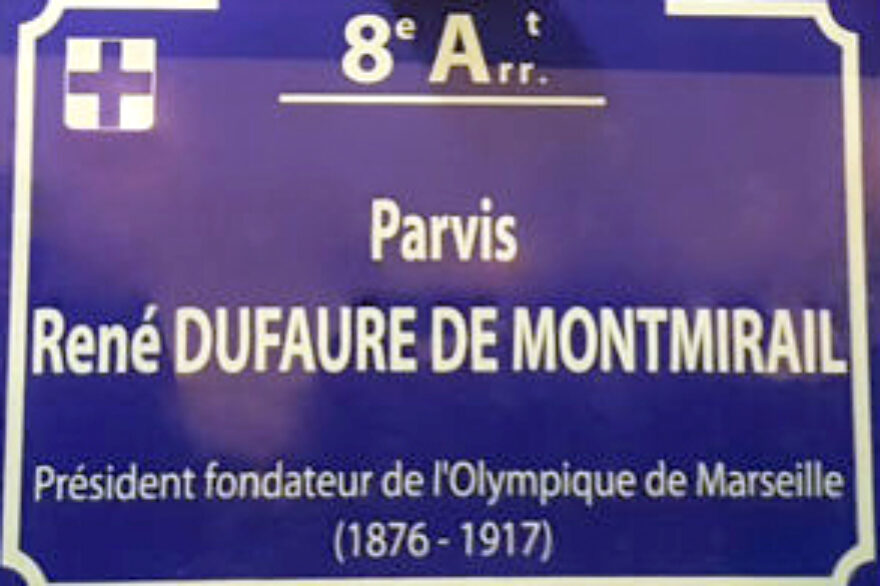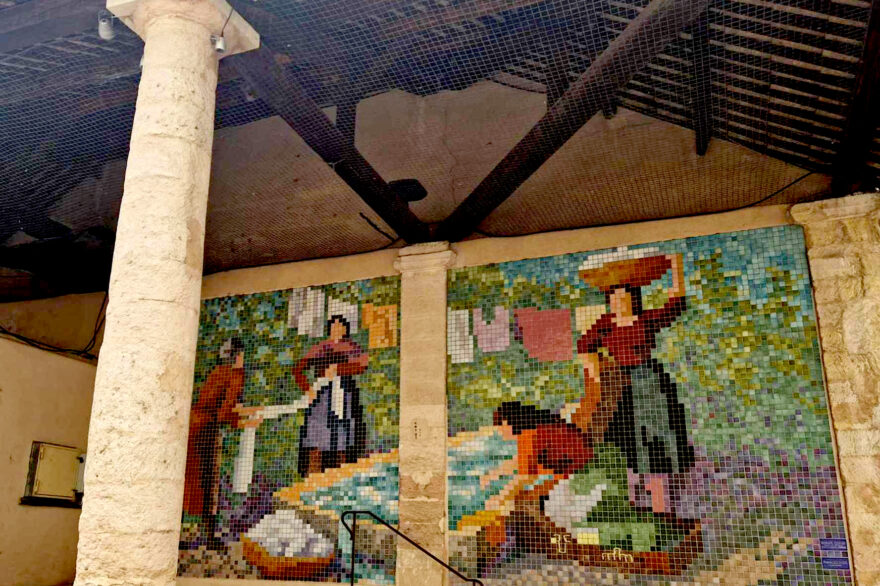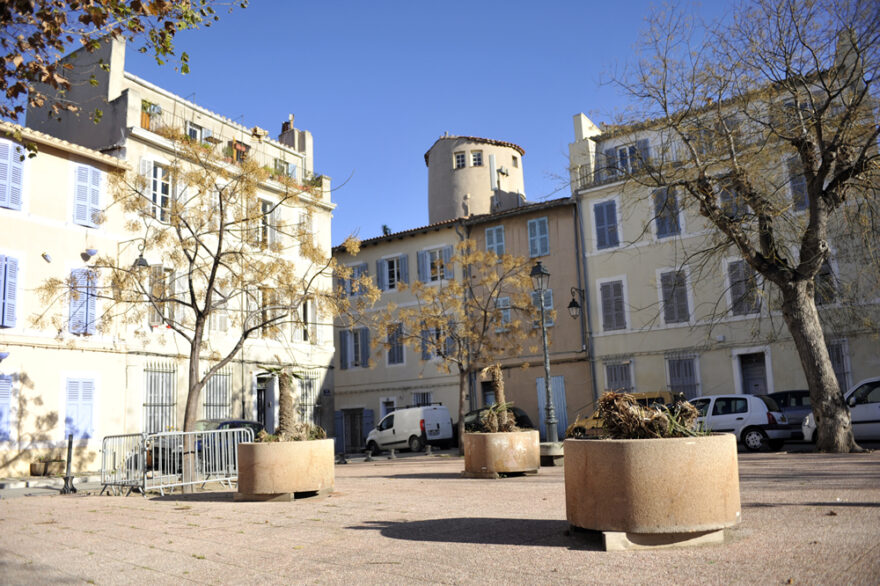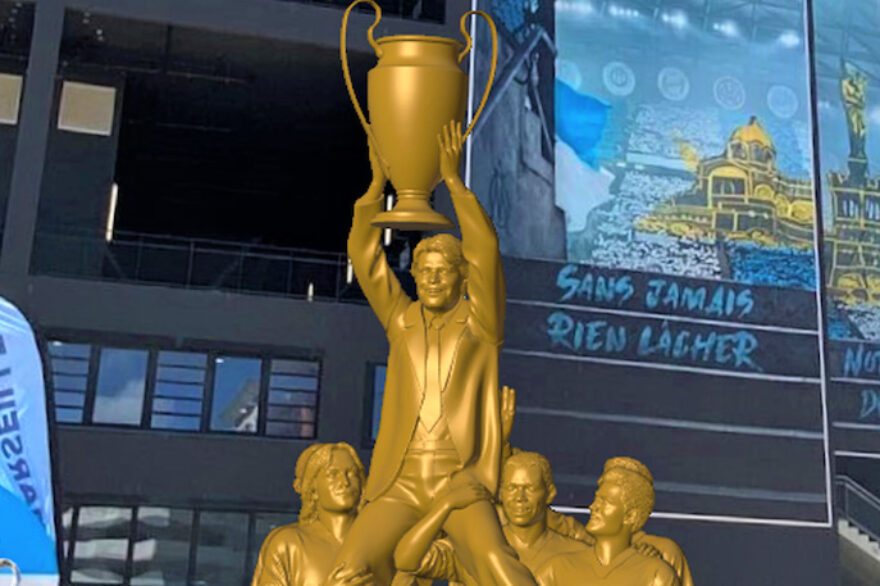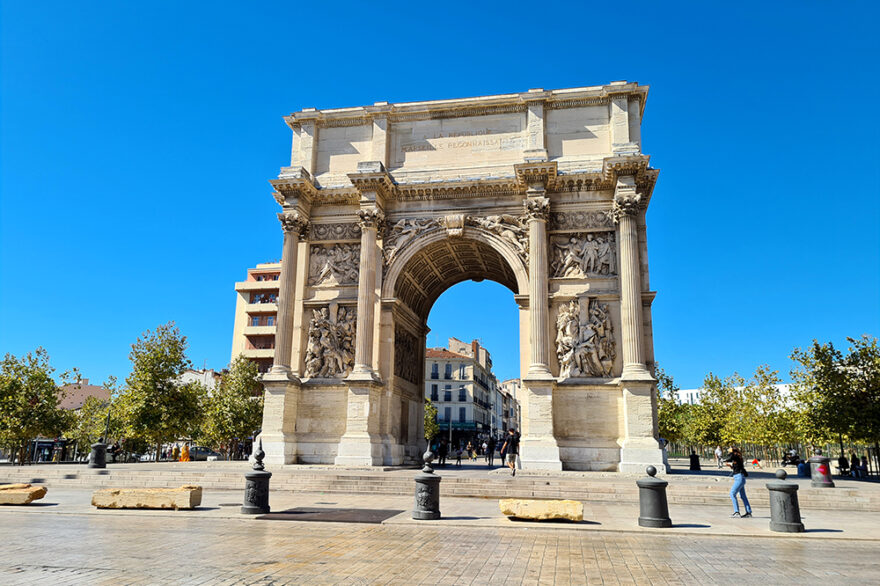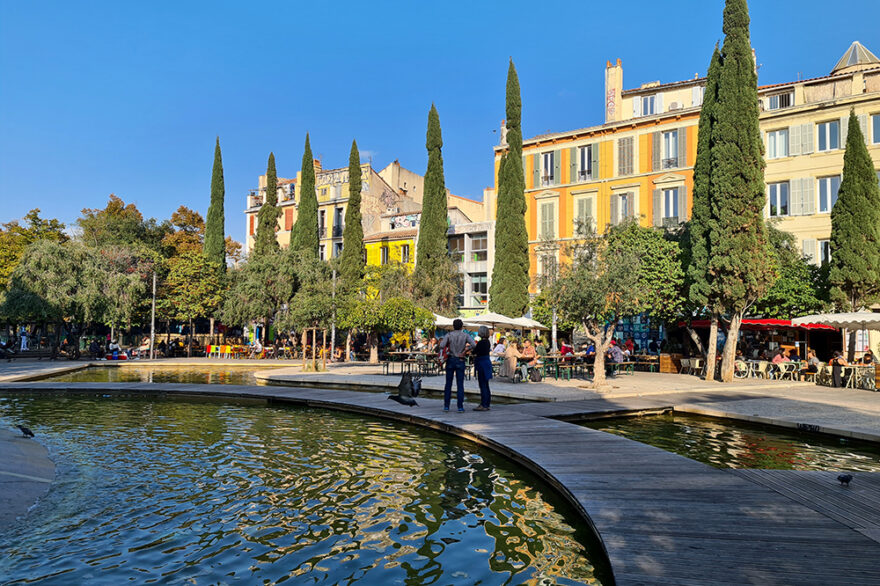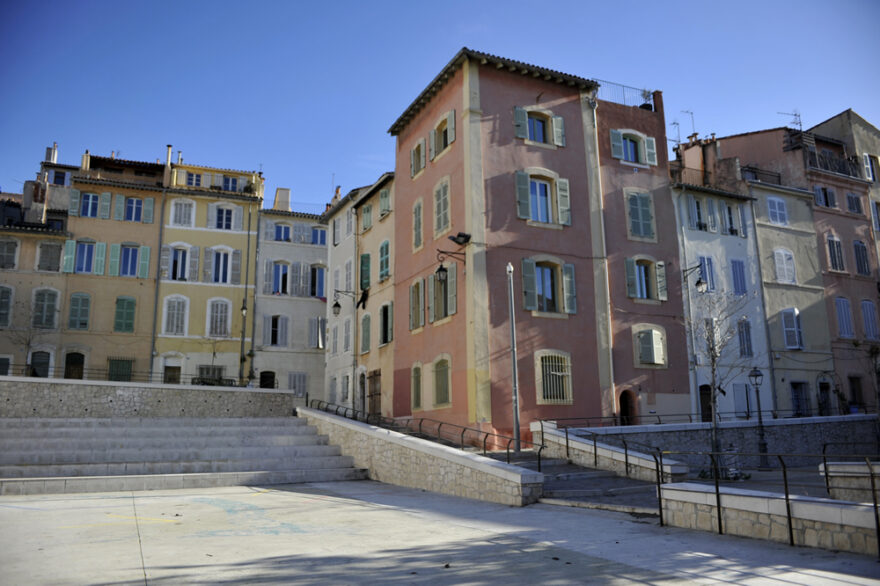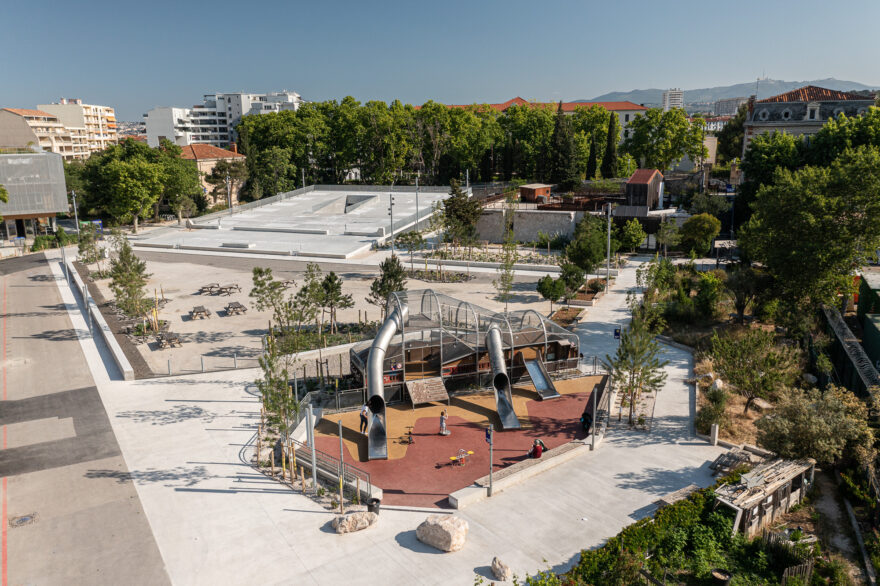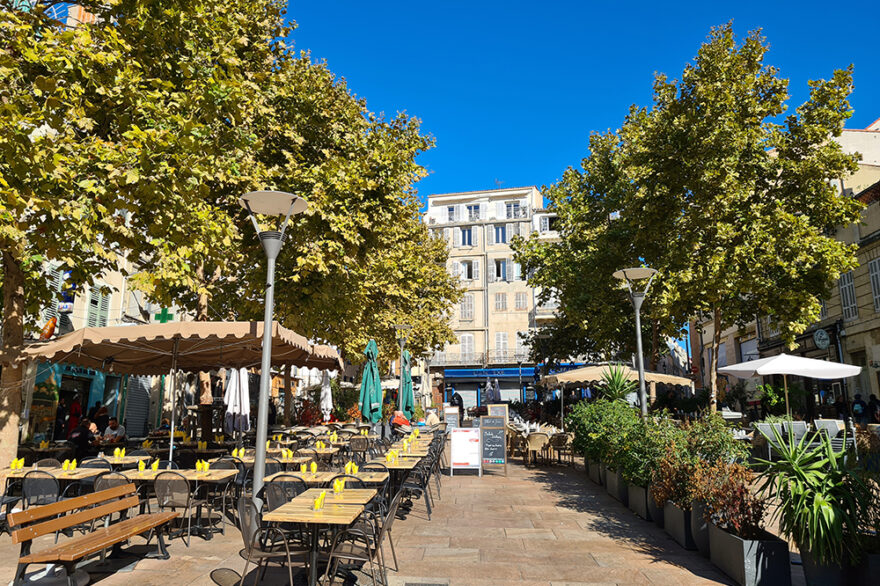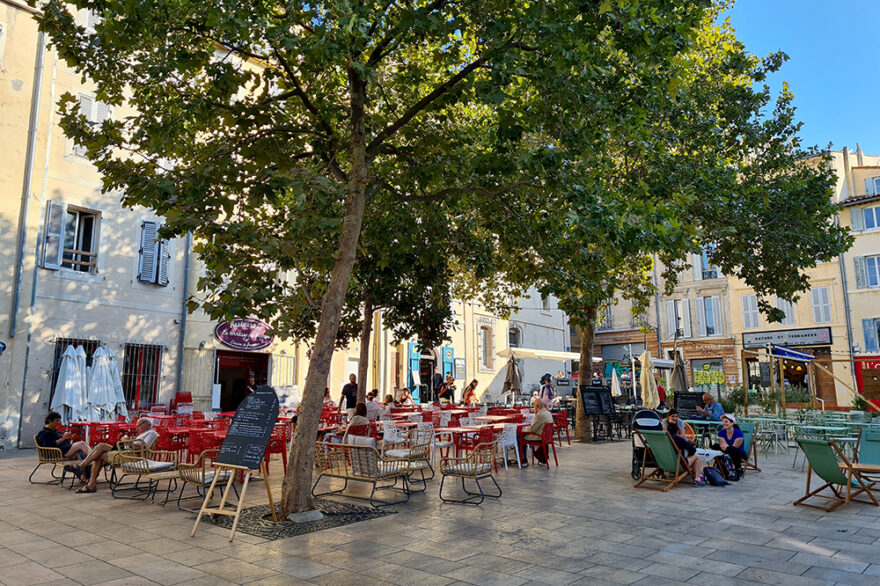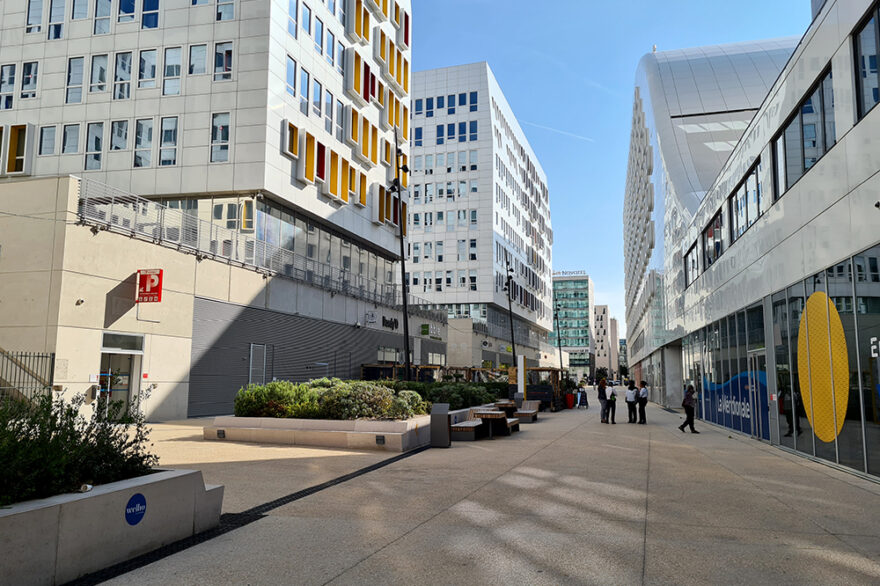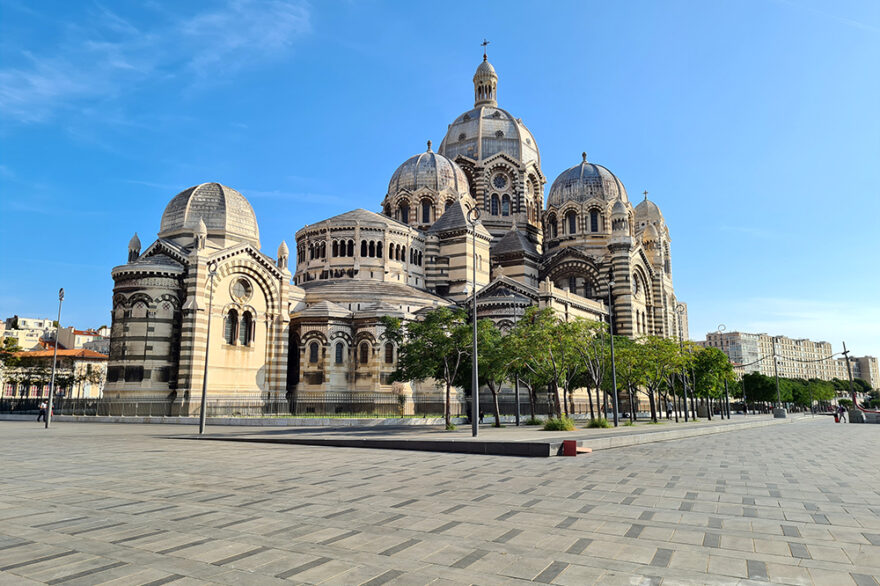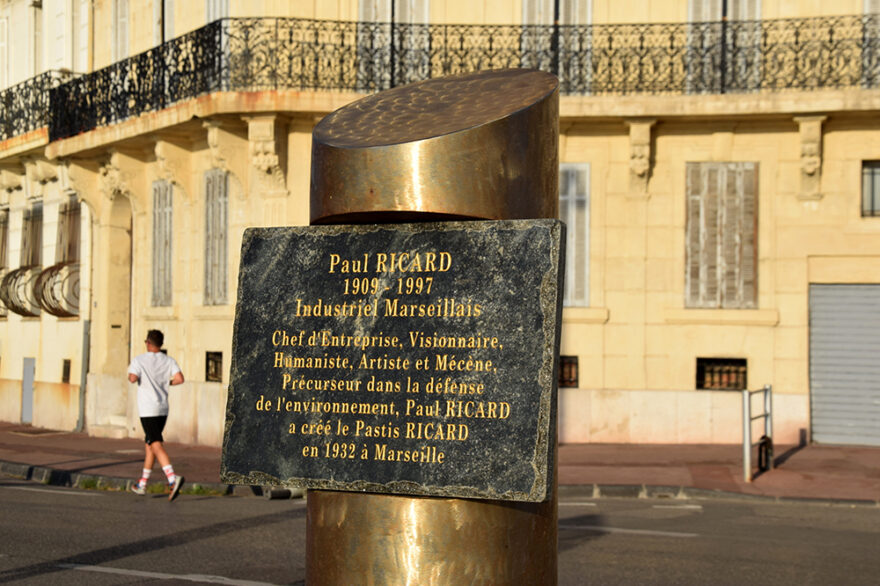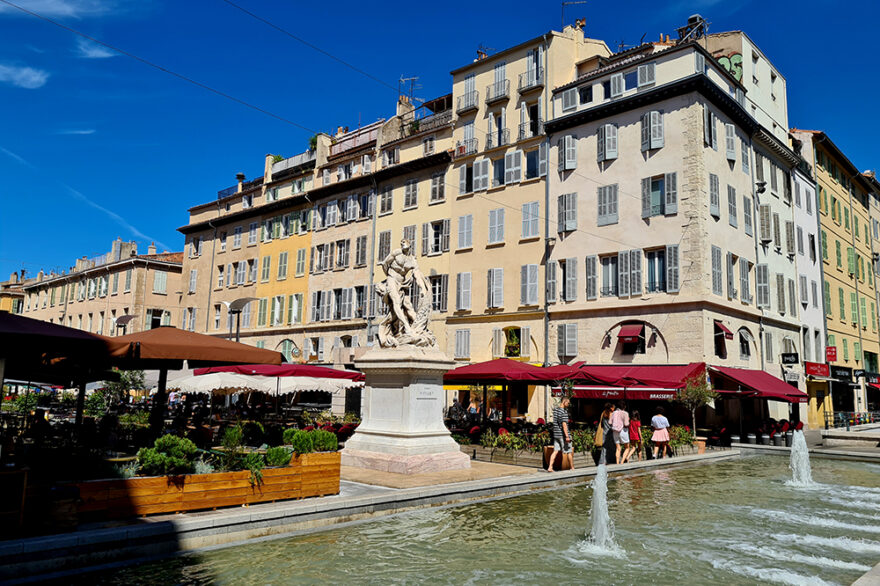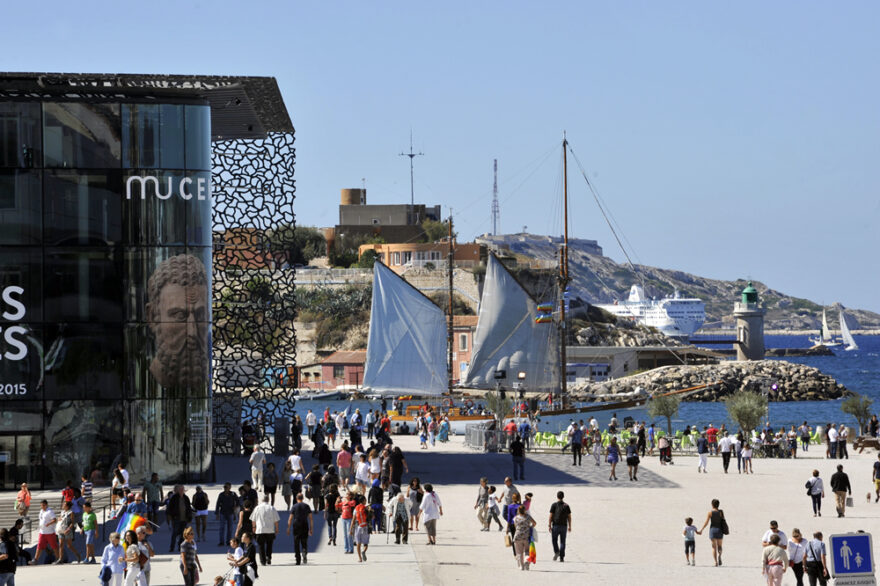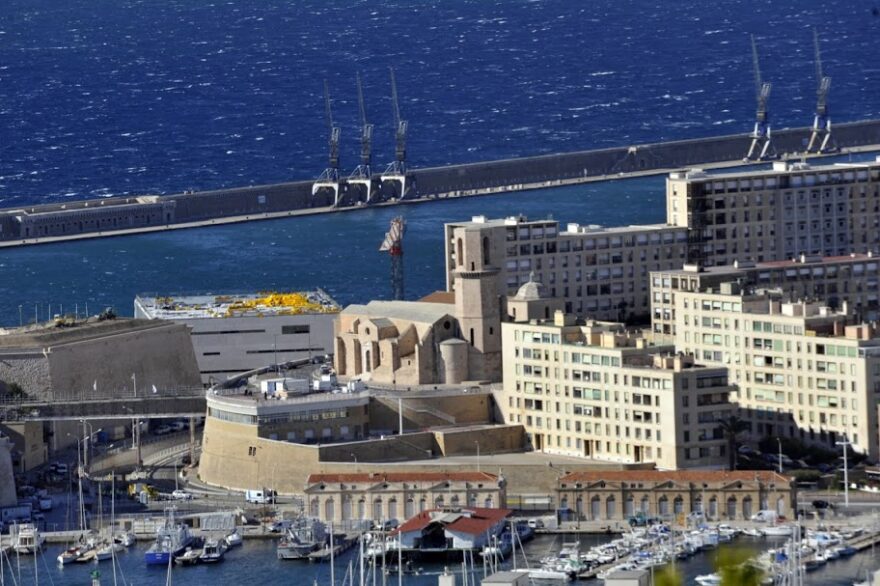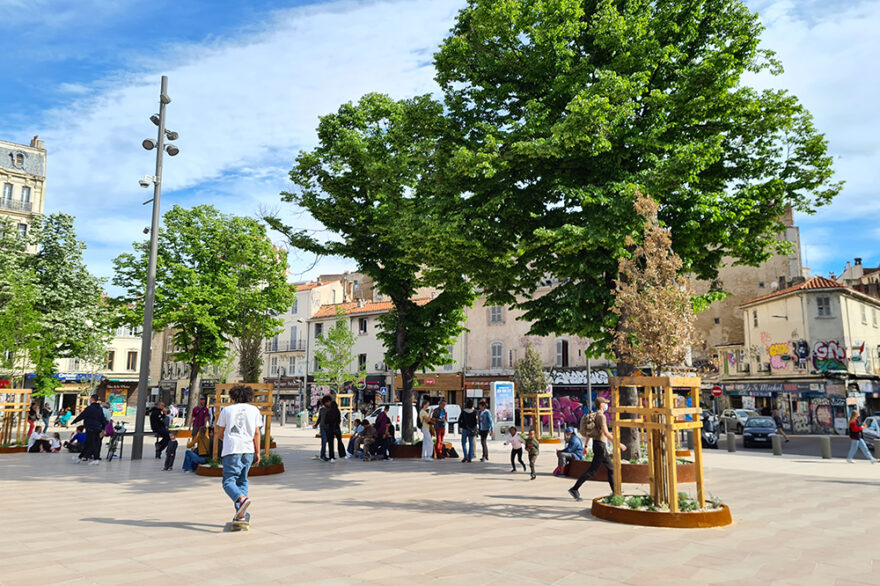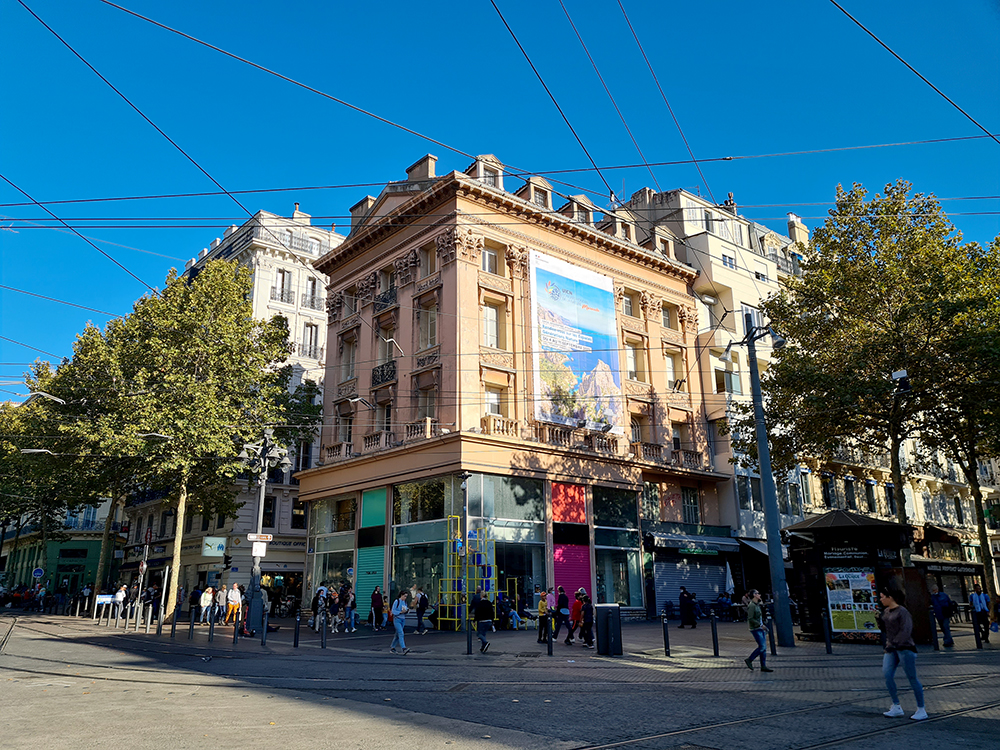
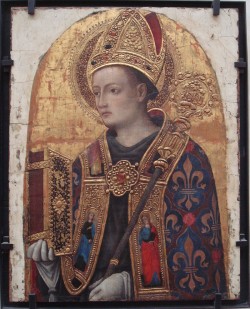
Louis of Anjou
Louis d'Anjou lived a childhood tossed from castle to castle before being locked up with his two brothers in 1288 in the castle of Moncade, near Barcelona, then in Tarragona in place of their father. It is moreover this adventure of jail which will be worth to him to be consecrated patron saint of prisoners and hostages. Released in 1295, he was appointed Bishop of Toulouse by Pope Boniface VIII. On his return trip to Naples, he stopped at Tarascon and then at Brignoles, his birthplace. There he fell seriously ill and died on August 19, 1297 at the age of 23. The convent of the Friars Minor in Marseilles was chosen to be his burial place. Louis' body was treated according to the custom of the time which was soon to be condemned by the church and which consisted in separating the flesh from the bones. The flesh was buried on the spot in the cloister of the minor brothers, while the bones were transported to the church of the minor brothers of Marseilles which was outside the ramparts on land between the streets Tapis-vert and Thubaneau. His head will go to the convent of Santa Chiara in Naples, his miter and gloves to Brignoles.
His reputation for holiness was so great that the bishop of Marseilles, Durand de Trésémines, asked Pope Clement V for a canonization process which was entrusted to Guy de Neufville, bishop of Saintes, and to Raymond, bishop of Lectoure. On April 7, 1317, Pope John XXII, former official of Louis d'Anjou in Toulouse, published the bull of canonization in the presence of King Robert I of Naples.
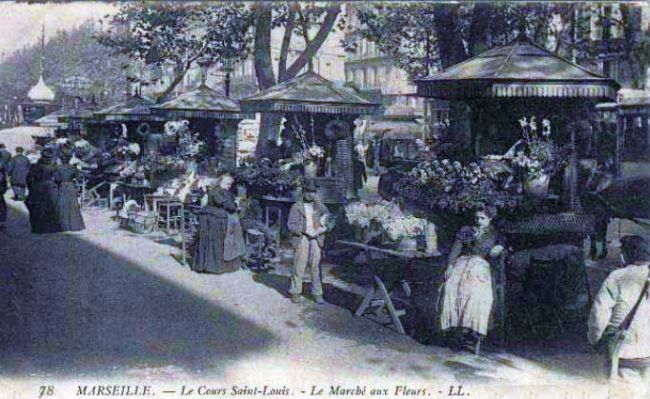
The 18 cast iron pavilions of the flowergirls
On November 8, 1319 King Robert, accompanied by his wife Queen Sancha of Majorca and many cardinals, went to Marseilles to witness the translation of the remains of his brother from the vault where he rested at the high altar of the convent of the minor brothers. . Returning from a campaign against Louis III of Anjou in 1423, the fleet of Alphonse V of Aragon passed in front of Marseilles and attacked it. The city was taken on November 20, 1423 and the Sac de Marseille lasted three days. The Aragonese devastate the convent of the Friars Minor. The relics of Saint Louis of Anjou are found on an indication obtained by the looters, in a house in the city where they had been sheltered before the attack. The king had them transported on his ships. Chain which bars the entrance to the port is also removed. These trophies are deposited in the Cathedral of Sainte-Marie in Valence.
Despite various interventions, these spoils of war remained in Spain. However in 1956 the archbishop of Valence Marcelino Olaechea y Loizaga and the archbishop of Marseille Jean Delay found a compromise: two vertebrae of the saint were brought back to Marseilles on June 24, 1956 and placed in Saint-Ferréol church where a Templar church used to be. Both vertebrae were stolen in 1993 and never found.
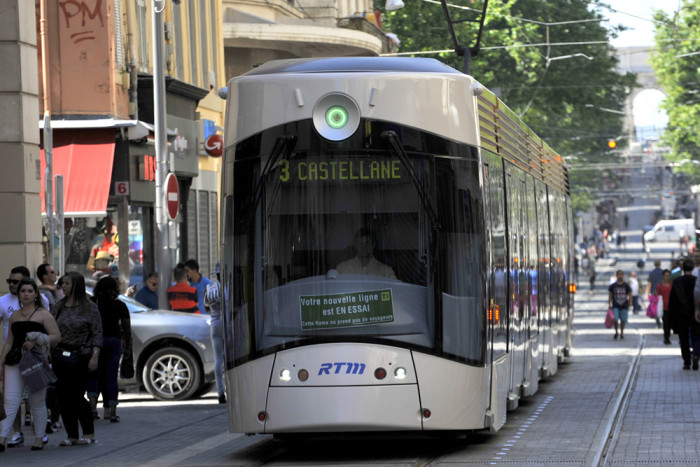
Return of the tramway to the Cours since May 2015
On the course, in the 19th century, life was lively thanks to its markets, in particular the first santons fair which took place on December 4, 1803 on the course. Equally famous, its 18 small cast iron pavilions built according to the plans of the architect Pascal Coste where they sold flowers. From 1847 to 1968 their colorful stalls delighted passers-by and the artists of the Alcazar never failed to buy a lucky rose before going on stage. Only one still exists today, steeped in history, The Quique. From rue de Rome, from left to right, you can see the axis Aix Gate-Obelisk of Mazargue, which is one of the longest prospects in Europe. Today, even if we no longer remember history, the Cours Saint Louis remains a place of passage and the renovation work that followed the reinstallation of the tramway has given it a new lease of life. . At the corner of the Cours and the Canebière is the oldest building in the sector, The House of Figaro directed by Jean-Claude Rambot in 1675.
Since May 2015, line 3 of the Tramway is back and crosses the Cours St Louis as in the 1900s.
